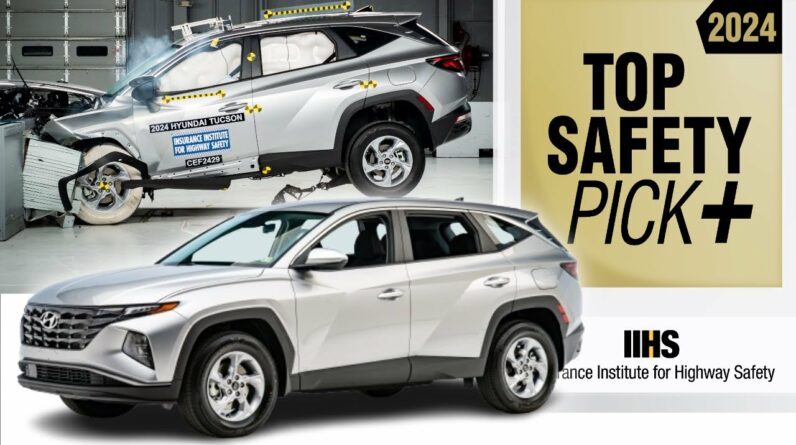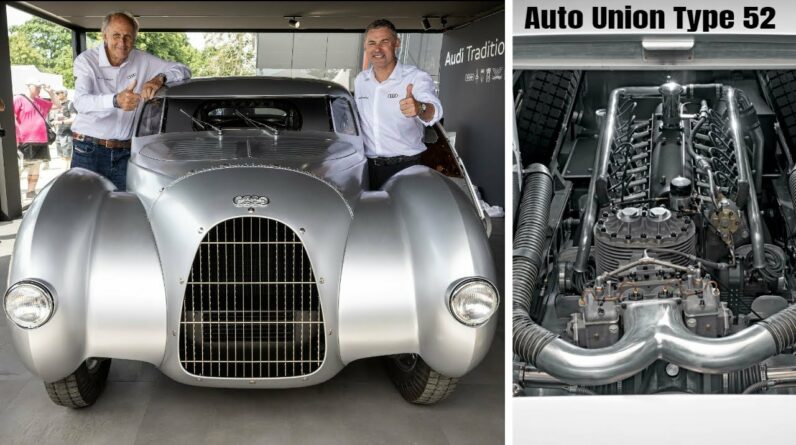In the realm of automotive safety, a recent examination conducted by the Insurance Institute for Highway Safety (IIHS) has highlighted a startling deficit. A lack of adequate safeguarding for those occupying the back seat in smaller vehicles is glaringly evident.
The IIHS’s Chief, David Harkey, elucidated the underlying motive behind the recent revisions made to their front crash tests – an essential tool in the assessment of vehicle safety. Remarkably, the tests unveiled a concerning tendency of the rear-seat dummy to “submarine” beneath the seat belt in all the small cars evaluated. This occurrence leads to the disconcerting shifting of the lap belt from its intended position, escalating the peril of internal damage.
Five compact cars were brought under scrutiny in these tests, none of which were deemed to earn a commendable rating. The Honda Civic and Toyota Corolla sedans, while not perfect, were found to have acceptable ratings. On the other hand, the Kia Forte, Nissan Sentra, and Subaru Crosstrek were deemed to provide insufficient protection, thus earning them poor ratings.
Last year, the IIHS introduced an augmented moderate overlap front test. This was in response to studies that underscored an unsettling reality: the probability of fatal injuries is now greater for passengers buckled up in the rear than those up front. This paradoxical situation does not stem from a deterioration in the safety of rear seats, but rather from a noticeable improvement in the safety of front seats, thanks to advancements in airbags and superior seat belts. It’s worth noting, however, that despite this, the back seat remains the safest spot for young passengers who can be harmed by an inflating front airbag.
In an effort to encourage automakers to bolster the security offered to rear-seat passengers, the revised test now includes a dummy in the back seat, situated right behind the driver. The driver dummy is designed to mimic the dimensions of an average adult male, while the rear dummy is representative of a small woman or a child aged around 12. IIHS scientists devised novel parameters aimed at highlighting the injuries most commonly sustained by back-seat occupants.
For a vehicle to attain a favorable rating, there must be no heightened risk of harm to the head, neck, chest, abdomen, or thigh, as indicated by the readings from the second-row dummy. Furthermore, the dummy should maintain its position during the collision without slipping under the lap belt. The head should be kept at a safe distance from the front seatback and the rest of the vehicle’s interior. A pressure gauge affixed to the rear dummy’s torso aids in verifying whether the shoulder belt’s positioning is too high, which can potentially compromise the effectiveness of the restraint system.
Just as in the original test, it is crucial that the occupant compartment’s structure preserves an ample survival space for the driver. Measurements derived from the driver dummy must not point to a pronounced risk of injury.
Despite all five compact cars showing satisfactory levels of protection for front seat occupants, the Sentra indicated a marginal increase in the risk of head or neck injuries to the driver. The rear seats, however, painted a starkly different picture.
In each vehicle tested, the rear dummy slipped beneath the seat belt, leading to the displacement of the lap belt from the hip bones to the abdomen, where it could potentially cause internal injuries.
Furthermore, the three vehicles with poor ratings showed a moderate to high risk of head, neck, or chest injuries based on measurements obtained from the rear dummy.
Despite the troubling tendency of the rear dummy to submarine, the Honda Civic and Toyota Corolla, which were rated as acceptable, mostly managed to ensure adequate safety in the back seat. The Corolla, however, showed signs of the rear dummy’s head nearing the front seatback, thus increasing the potential for head injuries.
#AutomotiveSafety
#RearSeatProtection
#IIHSCrashTests
Get More Great Car Videos – Subscribe: https://goo.gl/BSIaFc







